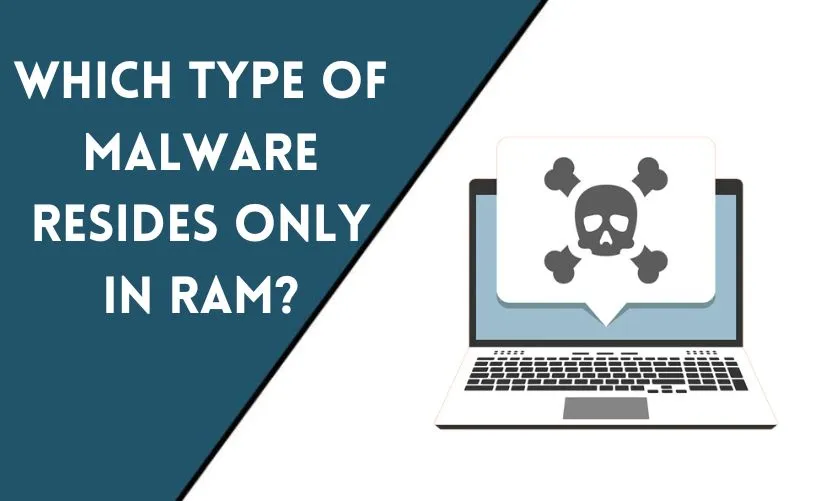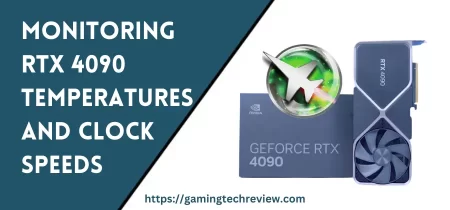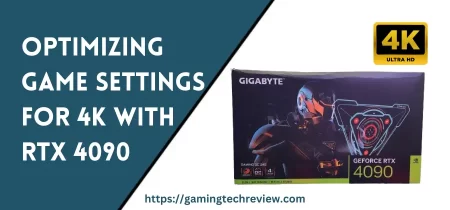
Malware has been a persistent threat to computer systems and networks for decades. As technology advances, so do the methods used by attackers to compromise systems. One such method is the use of memory-resident malware, which is a type of malware that resides only in RAM. In this article, we’ll take a closer look at what memory-resident malware is, how it works, and how it can be detected and prevented.
Introduction
Malware is a term used to describe any type of software that is designed to harm computer systems or networks. Malware can take many different forms, from viruses to worms to Trojans. In recent years, a new type of malware has emerged that is particularly difficult to detect and prevent: memory-resident malware.
What is Memory-Resident Malware?
Memory-resident malware, also known as fileless malware, is a type of malware that resides only in RAM. Unlike traditional malware, which is typically stored on a hard drive or other storage device, memory-resident malware does not leave a trace on the system’s disk. This makes it extremely difficult to detect using traditional antivirus software.
How Does Memory-Resident Malware Work?
Memory-resident malware works by exploiting vulnerabilities in a system’s memory management system. Once the malware has gained access to the system, it injects itself into the memory and begins to execute its code. Because it resides only in RAM, the malware is able to avoid detection by traditional antivirus software.
Types of Memory-Resident Malware
There are several different types of memory-resident malware, each with its own specific characteristics and methods of attack. Some of the most common types of memory-resident malware include:
Rootkits
Rootkits are a type of memory-resident malware that are designed to hide other malware from detection by the operating system and antivirus software. Rootkits are typically installed by other malware, such as Trojans or worms, and can be extremely difficult to detect and remove.
Trojans
Trojans are a type of malware that is designed to look like legitimate software but actually contains malicious code. When a user installs a Trojan, the malware is able to gain access to the system and begin executing its code in memory.
Bots and Zombies
Bots and zombies are a type of malware that is designed to turn a compromised system into a “slave” that can be controlled remotely by the attacker. Bots and zombies are often used to launch distributed denial of service (DDoS) attacks against other systems or networks.
How to Detect Memory-Resident Malware
Detecting memory-resident malware can be difficult, but there are a few methods that can be used to identify its presence on a system. One common method is to use memory analysis tools to scan the system’s memory for suspicious activity. Another approach is to monitor network traffic for unusual activity, which may indicate the presence of a bot or zombie.
How to Prevent Memory-Resident Malware
Preventing memory-resident malware requires a multi-layered approach that includes both technical controls and user awareness.
Technical controls can include using antivirus software that is specifically designed to detect and prevent memory-resident malware, thus safeguarding your system’s RAM lifespan. It is also important to keep the operating system and all software up to date with the latest security patches to prevent vulnerabilities that malware can exploit.
User awareness is also an important factor in preventing memory-resident malware. Users should be trained to recognize and avoid suspicious emails, websites, and downloads that may contain malware. They should also be encouraged to use strong passwords and avoid sharing personal information online.
Conclusion
Memory-resident malware is a particularly insidious threat to computer systems and networks. Its ability to avoid detection by traditional antivirus software makes it a challenging adversary for security professionals. However, by using a multi-layered approach that includes technical controls and user awareness, it is possible to detect and prevent memory-resident malware before it can cause harm.
Frequently Asked Questions
How does memory-resident malware differ from traditional malware?
Memory-resident malware resides only in RAM and does not leave a trace on the system’s disk, making it difficult to detect using traditional antivirus software.
What are some common types of memory-resident malware?
Common types of memory-resident malware include rootkits, Trojans, and bots/zombies.
How can memory-resident malware be detected?
Memory-resident malware can be detected using memory analysis tools or by monitoring network traffic for unusual activity.
How can memory-resident malware be prevented?
Preventing memory-resident malware requires a multi-layered approach that includes using antivirus software designed to detect and prevent memory-resident malware, keeping the operating system and software up to date with the latest security patches, and user awareness training.
What are some tips for avoiding memory-resident malware?
Users should avoid suspicious emails, websites, and downloads, use strong passwords, and avoid sharing personal information online.










